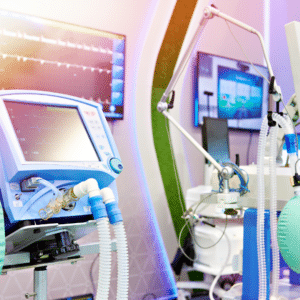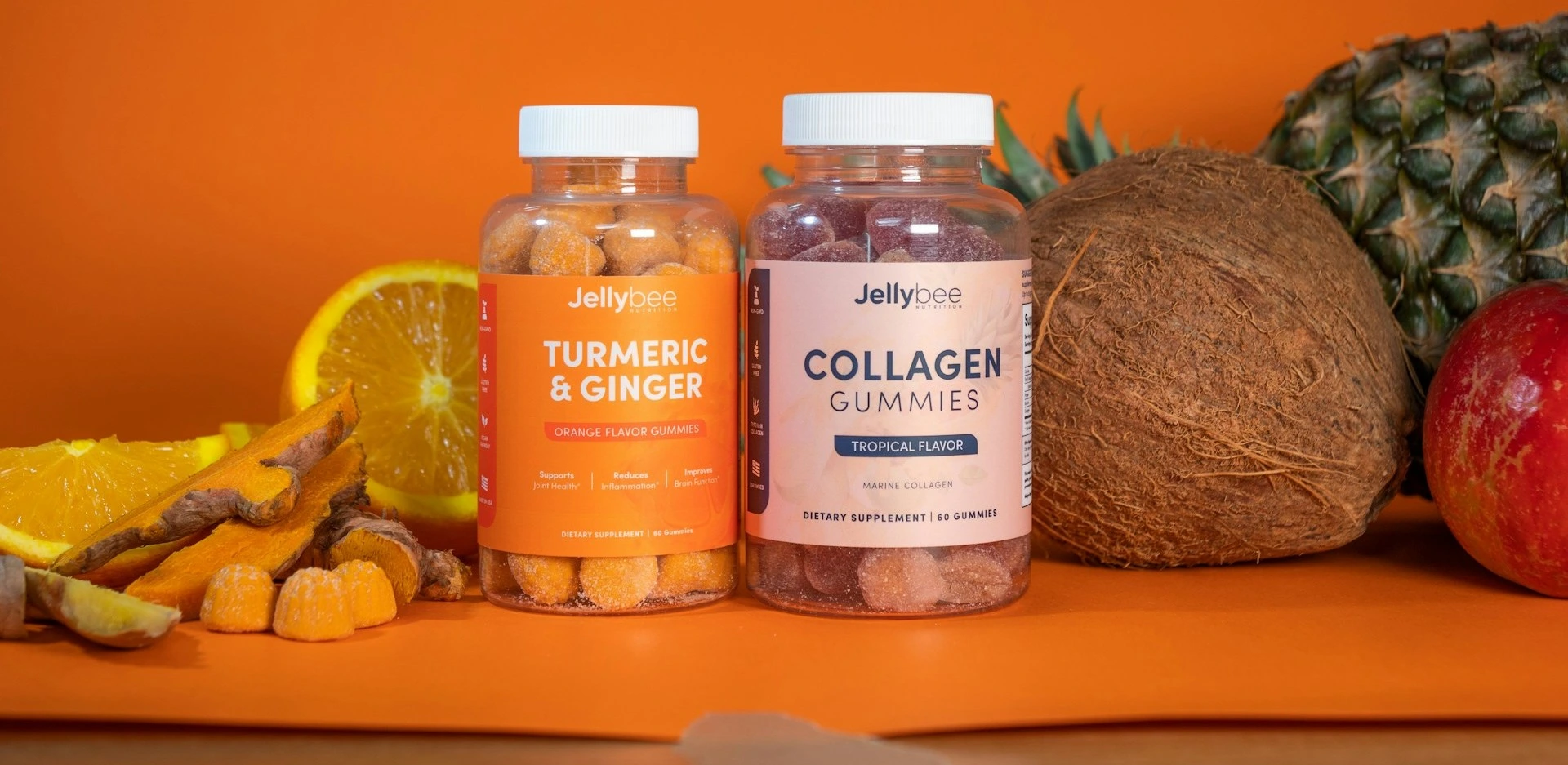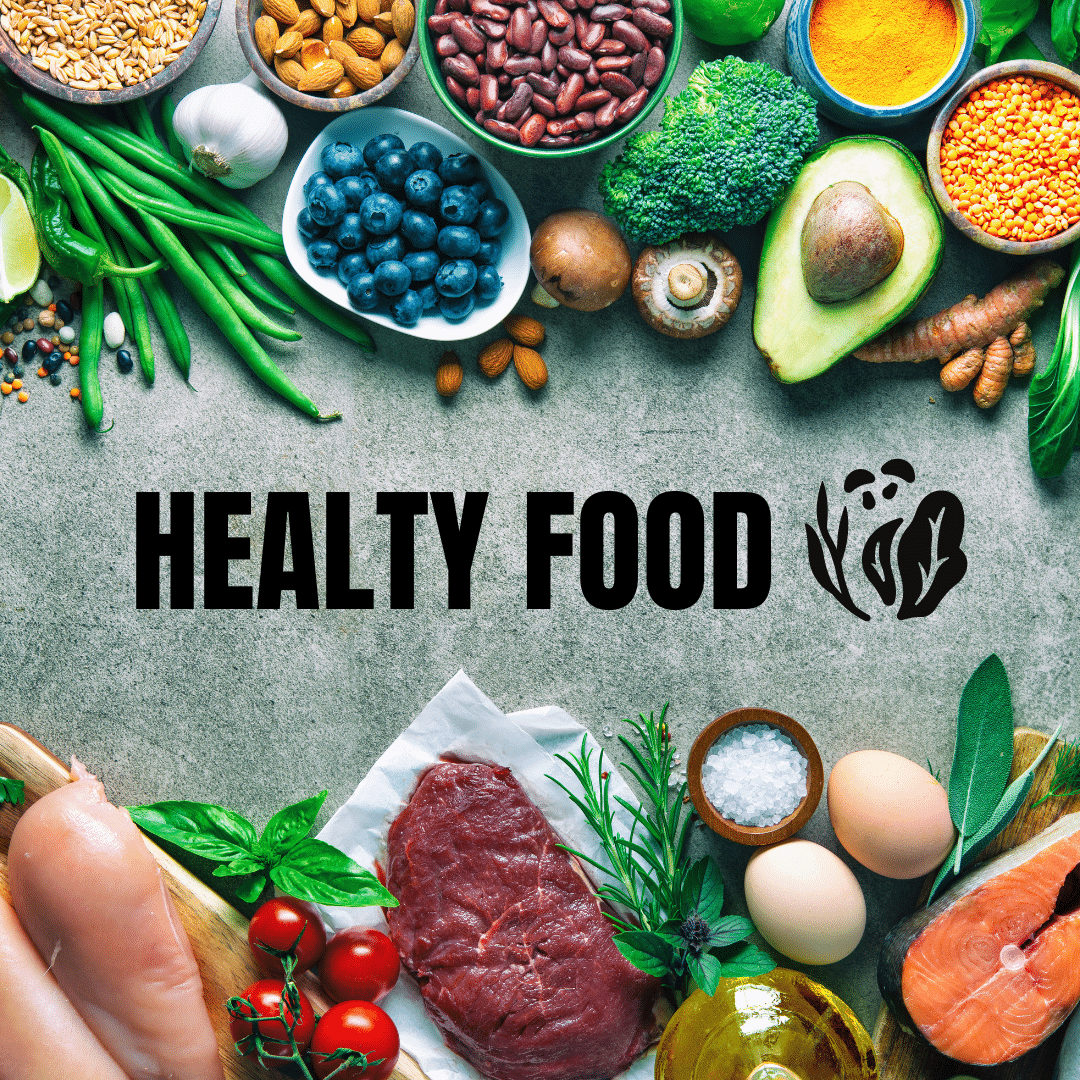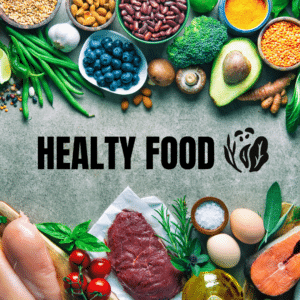
Introduction
In the ever-changing world of medical device manufacturing, ensuring your product complies with regulations is akin to navigating stormy seas. The safety of patients, the assurance of quality, and the complexities of compliance weigh heavily on manufacturers. This article sheds light on the challenges faced and how expert navigators—regulatory consultants—play a pivotal role in ensuring your medical device not only sails through but sets a course for success.
Here are the key points regarding medical device regulations in Canada:
Medical Device Licensing: Health Canada requires all medical devices to be licensed before they can be sold in the country. There are different classes of medical devices, and the requirements for licensing vary depending on the class. Class I devices, which pose the lowest risk, generally require a Medical Device Establishment License (MDEL), while Class II, III, and IV devices require a device license.
Device Classification: Medical devices are classified into four classes (Class I, II, III, and IV) based on their potential risk. Class I devices have the lowest risk, while Class IV devices pose the highest risk. The classification of a device determines the level of scrutiny and requirements for licensing.
Quality Management Systems: Manufacturers are often required to have a certified Quality Management System (QMS) in place, such as ISO 13485, which demonstrates their ability to produce medical devices consistently and meet regulatory requirements.
Labeling and Language Requirements: Medical device labeling must be in both English and French, as Canada is a bilingual country. Labels must include essential information about the device, including its intended use, precautions, and directions for use.
Post-Market Surveillance: Manufacturers are obligated to monitor the performance of their devices once they are on the market. This includes reporting adverse events, conducting recalls if necessary, and addressing safety concerns.
Unique Device Identification (UDI): Health Canada introduced a UDI system to enhance the traceability of medical devices. Manufacturers are required to label their devices with a unique identifier, allowing for easier tracking and recall if safety issues arise.
Understanding the Regulatory Maze
Medical device requirements are like a vast, intricate map; understanding them is no small feat. Some standards and guidelines can make even the most seasoned manufacturer feel lost at sea from the design phase to production.
The challenges of medical device requirements and compliance
- Ever-Changing Tides: Regulatory requirements are not stagnant; they are constantly shifting and evolving. Keeping up with these changes and understanding how they apply to your specific device is a daunting challenge.
- Diverse Global Standards: To market your device internationally, you must navigate diverse regulations. Each country has its requirements, making compliance a multifaceted challenge.
- Complex Documentation: The paperwork required for regulatory submissions is not for the faint of heart. Ensuring every document is accurate, complete, and submitted on time adds another layer of complexity.
What role will our medical device regulatory consultants fill?
- Seasoned Seafarers: Regulatory consultants are like seasoned captains who have sailed these waters before. Their experience and expertise help manufacturers make sense of the maze of regulations, providing practical and invaluable guidance.
- Customized Navigation: Every medical device and its challenges regarding compliance are unique. Consultants tailor their strategies, ensuring your compliance journey is specifically designed for your product and preventing common pitfalls.
- Mitigating Compliance Challenges: Consultants don’t just help you navigate; they help you anticipate challenges. By identifying potential issues early on, they assist in making necessary course corrections, preventing refusals, and ensuring a smoother voyage.
How our Regulatory Consultants help us to prevent refusals
- Early Warning Systems: Consultants act as early warning systems, identifying compliance challenges in the initial stages of development. This proactive approach allows manufacturers to make necessary adjustments, preventing refusals before they become possible.
- Comprehensive Risk Assessment: Consultants conduct thorough risk assessments, mapping potential obstacles. By understanding these risks, manufacturers can take preventive measures, significantly reducing the chances of refusals.
Conclusion
In the unpredictable seas of medical device regulations, having a seasoned navigator by your side can make all the difference. Regulatory consultants provide the expertise to navigate the challenges, ensuring your product sails smoothly through approval. By investing in their knowledge, manufacturers can meet compliance requirements and innovate confidently, ultimately bringing safe, high-quality medical devices to the market. Safe travels!
Our experts at Quality Smart Solutions are here to help and offer medical device-related regulatory advice and support on successfully securing your medical device license. We can help you by responding to potential information requests, keeping your license updated, and reviewing your device labels (510k Medical Device Registration, Facility Registration & FURLS, IVD Device Registration, and SaMD Classification.


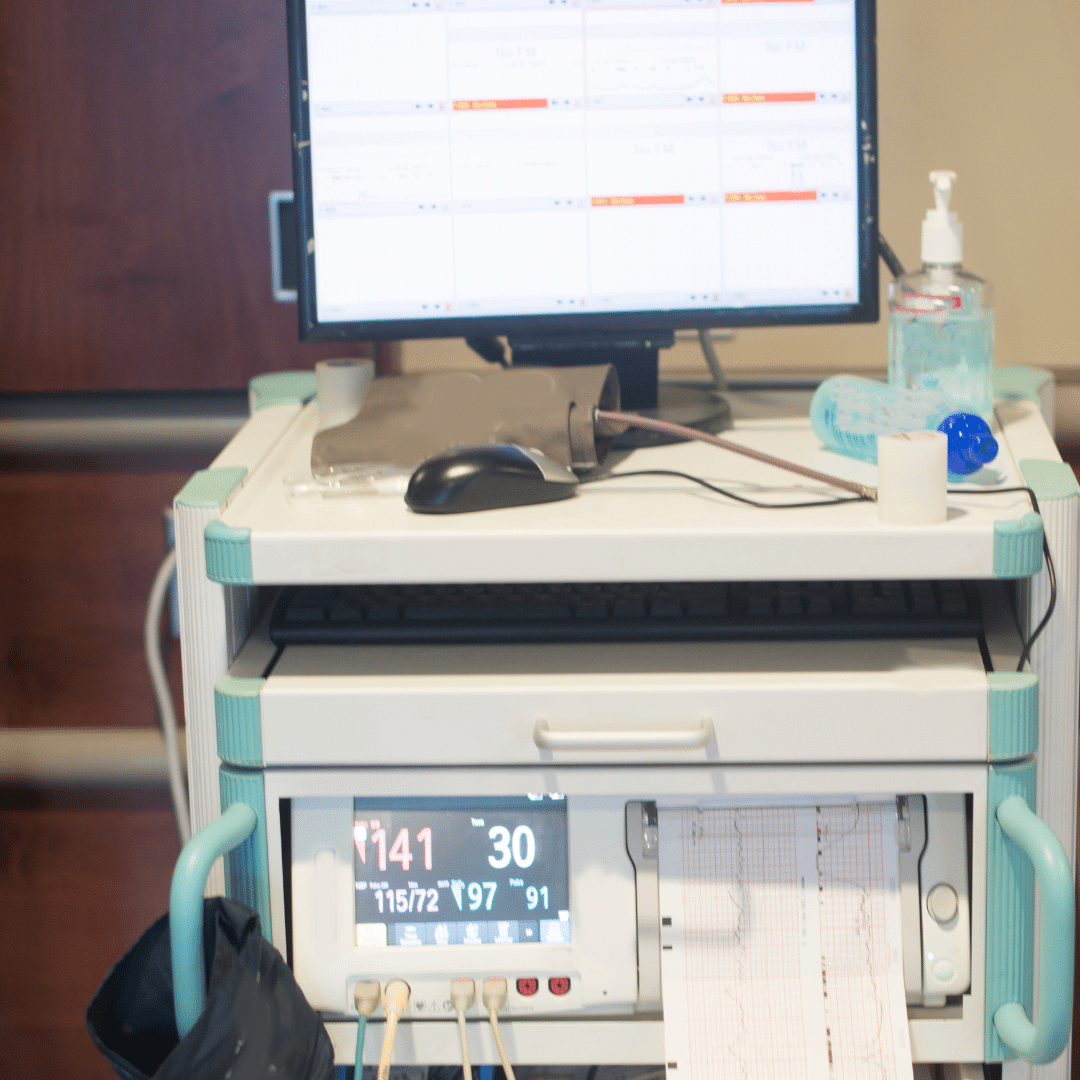
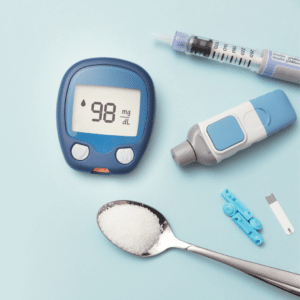


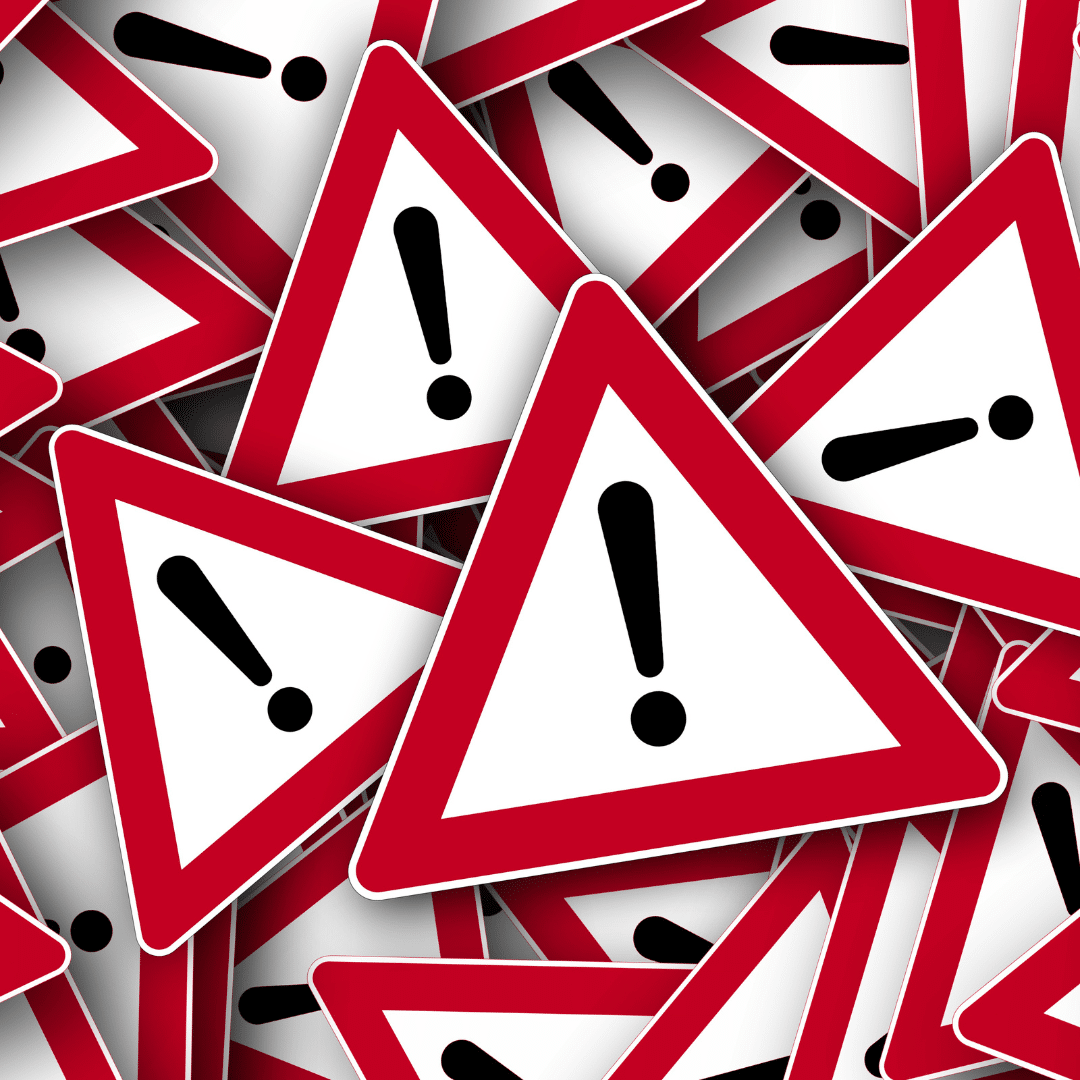
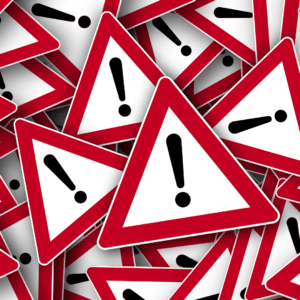
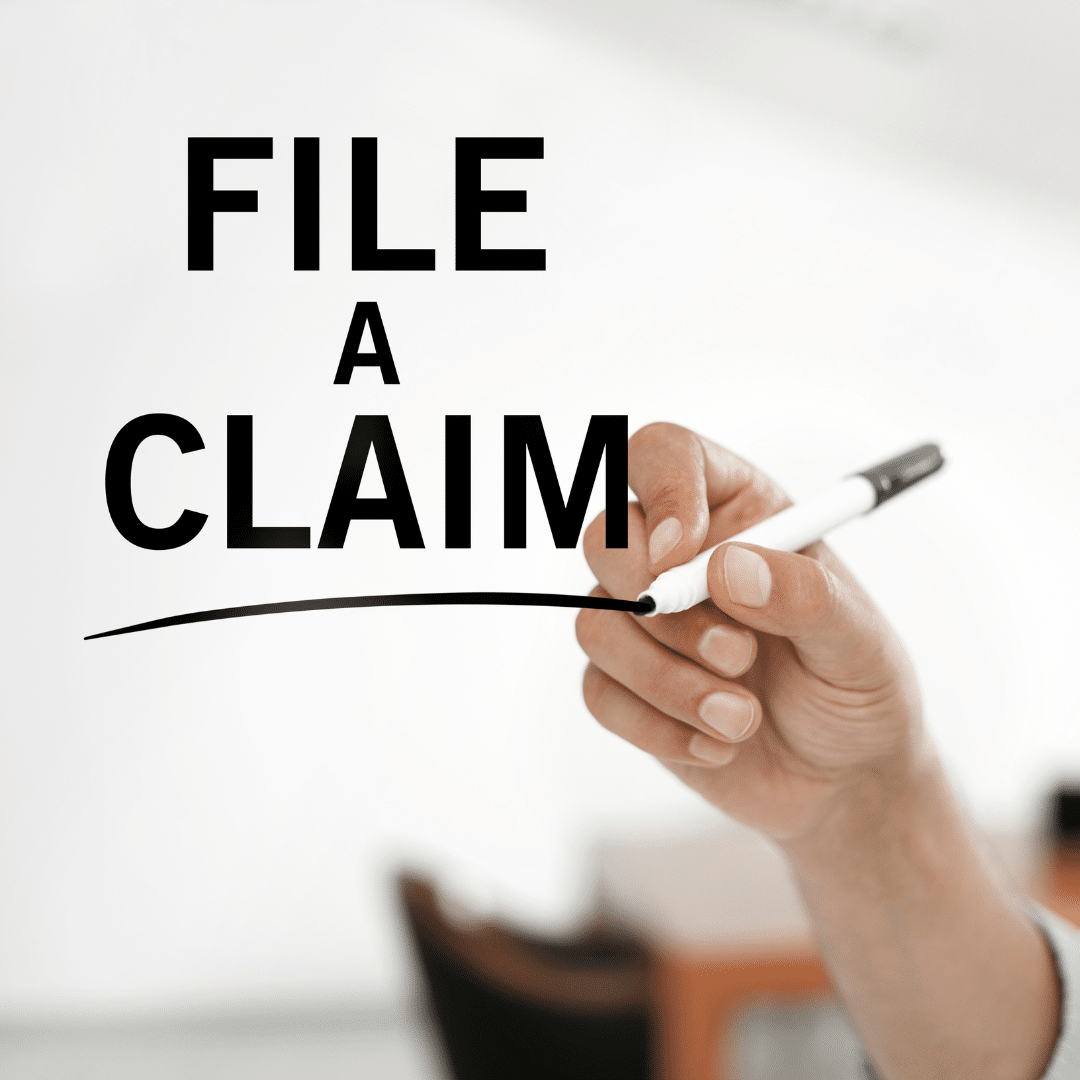
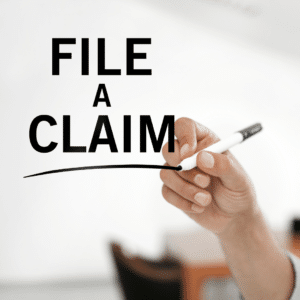

 On September 20, 2023, Health Canada approved the use of L-alpha-glycerylphosphorylcholine (alpha GPC) as a supplement in foods. This decision followed a thorough safety review by Health Canada’s Food Directorate.
On September 20, 2023, Health Canada approved the use of L-alpha-glycerylphosphorylcholine (alpha GPC) as a supplement in foods. This decision followed a thorough safety review by Health Canada’s Food Directorate.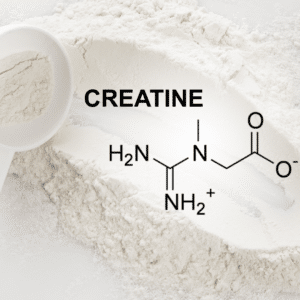 This document is valuable for those interested in exploring the
This document is valuable for those interested in exploring the 







